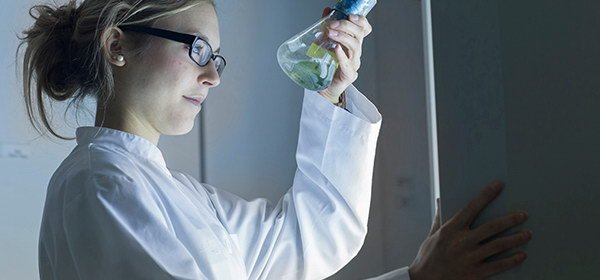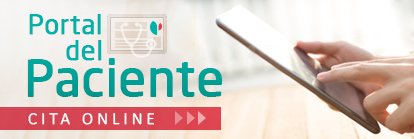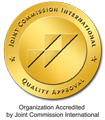Clinical Neurophysiology
The polysomnography is usually carried out in a room for this purpose, where the person remains lying in bed. The examination can be done during the night in such a way that normal sleep patterns can be studied. The doctor places electrodes on the chin, scalp, and outer edge of the eyelids, which should remain in place while the person is asleep. The signals coming from the electrodes are recorded while the person is awake with closed eyes and during sleep. It measures the time that the person needs to fall asleep and the time it takes to enter the REM sleep. Monitors are placed on the chest to record heart rate and breathing. You can optionally use a video camera to record the movements of the person during sleep. You can not consume any sleeping medication, alcohol or drinks containing caffeine before the test.
The test is performed in order to diagnose possible sleep disorders, such as:
- Excessive daytime sleepiness
- Hypersomnia
- Insomnia
- Narcolepsy
- Obstructive sleep apnea and other breathing difficulties during sleep
- REM behavior disorder (a type of psychosis related to the lack of REM sleep and the fact of not dreaming.
A normal test result shows normal or usual patterns of brain waves and muscle movements during sleep. Abnormal results can confirm the presence of a suspected sleep disorder.
- Sleep: Sleep disorders, Disomnias, Parasomnias.
- Epilepsy.
- Muscle and motor plate: Myopathies, Diseases of motor plate, - Diseases with muscular hyperactivity.
- Peripheral nerve: Mononeuropathies, Plexopathies, Polyneuropathies, Reflex sympathetic dystrophy.
- Radiculopathies.
- Cervical myelopathy.
- Degenerative diseases: Motor neuron.
- Movement: Parkinson's surgery, Muscular tremor.
- Vision: Retinopathy.
- Hearing: Hearing loss.
- Diagnostic explorations:
- Electroencephalography.
- Evoked Potentials (BERA).
- Electromyography.
- Night polysomnography.
- Night polysomnography with multiple latency test.
- Respiratory polysomnography.
Hospital Quirónsalud Torrevieja
© 2024 Quirónsalud - All rights reserved























